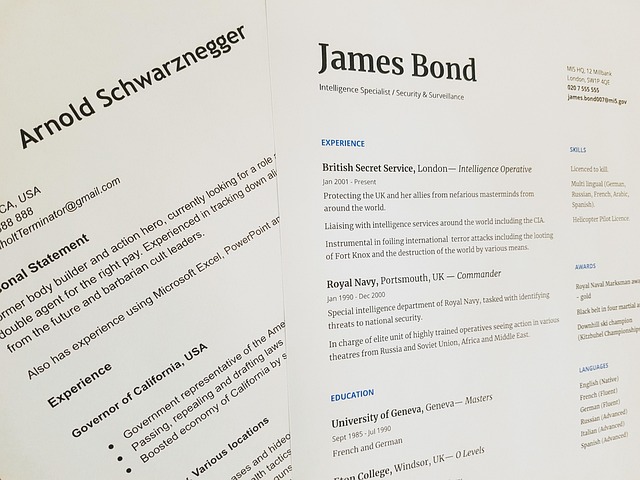Assessing Transferable Skills During a Role or Industry Shift
When shifting roles or moving between industries, identifying transferable skills provides a practical map for career change. Assessments that highlight softskills, technical abilities, and demonstrated outcomes help workers and employers match capability to new responsibilities. This article outlines methods to inventory strengths, validate credentials, and present skillbuilding outcomes for better employability and informed upskilling decisions.

Careers and careerchange: framing transferable skills
Assessing transferable skills begins with clarifying the career direction. List tasks, tools, and contexts from prior roles that could apply elsewhere: project coordination, client communication, data review, or budget oversight. Link each item to outcomes you achieved, since employers value demonstrated impact. Use this inventory to compare against target job descriptions and determine gaps where reskilling, apprenticeships, or microcredentials could be most effective in supporting a smooth transition.
What assessments help identify skills?
Structured assessments—skills inventories, situational judgment tests, and 360-degree feedback—can reveal both softskills and technical strengths relevant to new roles. Self-assessments and employer-provided assessments work alongside informal evaluations from colleagues or mentors. When possible, use validated tools from elearning platforms or career services to quantify proficiency levels. Combine qualitative examples (projects, results) with assessment scores to create a clearer picture of what transfers and what requires focused upskilling or certifications.
Upskilling, reskilling, and microcredentials options
Once gaps are identified, prioritize reskilling and upskilling pathways that align with market needs. Microcredentials and short certifications can show targeted competency for specific tools or processes and are often available through elearning providers or community colleges. Apprenticeships and internships provide hands-on experience, while online courses accelerate learning for remote or freelancing roles. Evaluate programs for practical assignments and portfolio-ready deliverables that demonstrate applied skillbuilding rather than only theoretical knowledge.
Portfolios, certifications, and credentials: presenting evidence
Portfolios and documented credentials translate abstract skills into verifiable evidence. For technical roles, include project samples, code snippets, or case studies; for nontechnical roles, present process maps, campaign results, or testimonials. Certifications and credentials add credibility when they are recognized in the target industry; list completion dates and scope of learning. Employers assessing careerchange tend to favor applicants who can show both a credential and real examples of how they applied that learning.
Mentorship, internships, and networking to validate skills
Mentorship and internships are practical paths to bridge experience gaps. Mentors can help interpret assessments, recommend microcredentials, or introduce opportunities in the new field. Short internships or project-based freelance engagements let you practice skills and obtain references. Networking—both online and through local services—creates chances to discuss skill requirements directly with practitioners, which refines your understanding of which softskills and technical abilities employers prioritize for transfers.
Remote work, freelancing, and employability considerations
When shifting industries, consider how remote roles and freelancing affect skill relevance. Remote work often emphasizes communication, self-management, and digital collaboration tools, so highlight remote-ready skills in assessments and portfolios. Freelancing projects can serve as real-world assessments that build credibility and expand your portfolio. Focus on transferable softskills like problem-solving and adaptability alongside measurable outputs to strengthen employability across varied work arrangements.
This wrap-up emphasizes practical steps: create a documented skills inventory, use assessments and mentor input to validate strengths, pursue targeted upskilling or microcredentials where needed, and present evidence through portfolios, internships, or freelance projects. Thoughtful assessment and deliberate presentation of transferable skills support a measured, evidence-based career shift without overreliance on speculative claims.





